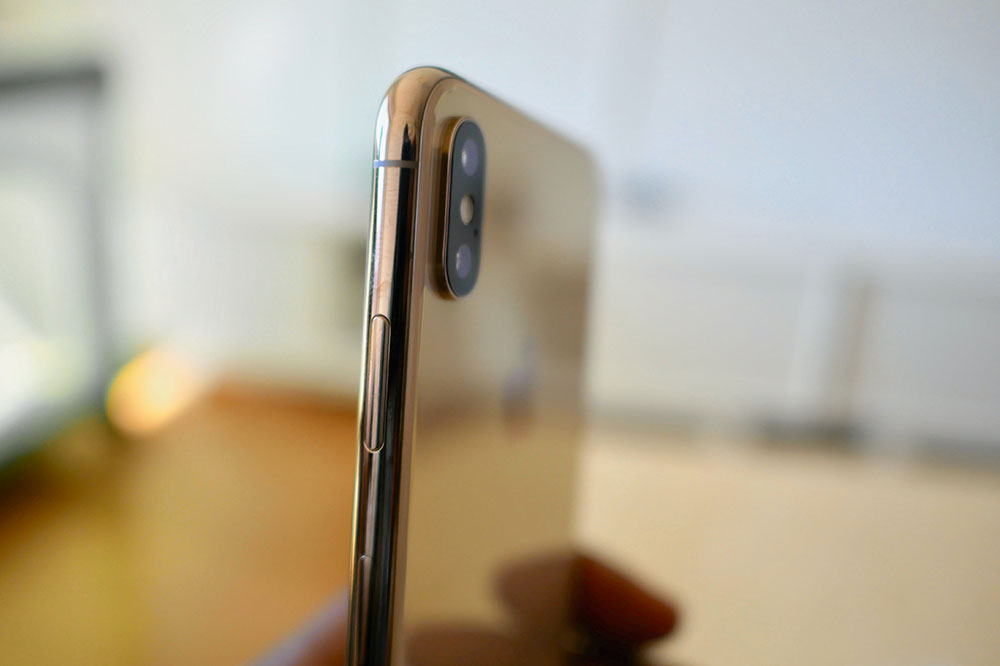Causes and symptoms of prurigo nodularis

Nodular prurigo, often referred to as prurigo nodularis, is a chronic skin disorder characterized by the development of intensely itchy nodules or bumps on the skin’s surface. These nodules can vary in size and color, often appearing as crusty, scaly, or hyperpigmented lesions. While the condition can affect individuals of any age, it is more commonly observed in adults. Here’s a quick look at the common causes and symptoms of prurigo nodularis.
Causes and risk factors
The precise cause of the disorder remains somewhat elusive, but several factors can contribute to its development and exacerbation. These may include:
- Itch-scratch cycle
A primary factor driving prurigo nodularis is the relentless itch-scratch cycle. Patients with this condition often experience intense itching, which leads to scratching. The repeated trauma from scratching can result in the formation of nodules, making the condition progressively worse. - Underlying skin conditions
Prurigo nodularis is often associated with underlying skin conditions, such as eczema, atopic dermatitis, and contact dermatitis. These conditions can make the skin more susceptible to developing nodules. - Psychological stress
Stress can be a significant trigger. It can exacerbate itching and worsen the condition, creating a vicious cycle of discomfort and distress. - Neurological factors
Some researchers believe that prurigo nodularis may have neurological origins, with abnormal nerve signals playing a role in the development of nodules.
Signs and symptoms
The condition leads to several signs and symptoms:
- Itchy nodules
Itchy nodules on the skin are hallmark signs of prurigo nodularis. These nodules can appear anywhere on a person’s body and may vary in size. - Excoriations
Due to the persistent scratching, patients often have excoriations or open sores on their skin, which can lead to infection if improperly managed. - Hyperpigmentation
Over time, the nodules and surrounding skin may become hyperpigmented, leading to changes in skin color. - Sleep disturbances
The incessant itching can disrupt sleep patterns, leading to fatigue and reduced quality of life. - Psychological impact
The chronic nature of prurigo nodularis, coupled with the itch-scratch cycle, can result in depression, anxiety, and a decreased overall sense of well-being.
Understanding the causes, signs, and available treatment options is crucial for managing prurigo nodularis. If one suspects they have the condition or experiences the symptoms discussed, they should consult a dermatologist or healthcare expert for proper evaluation and guidance. While prurigo nodularis can be challenging, many individuals find relief from their symptoms and an improved quality of life with the right approach.






